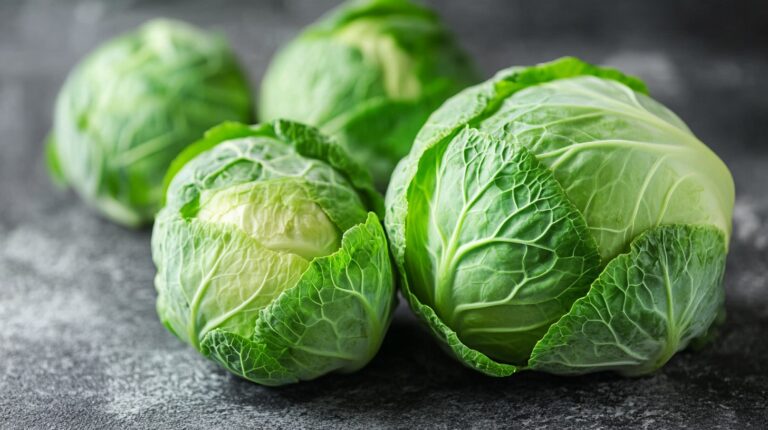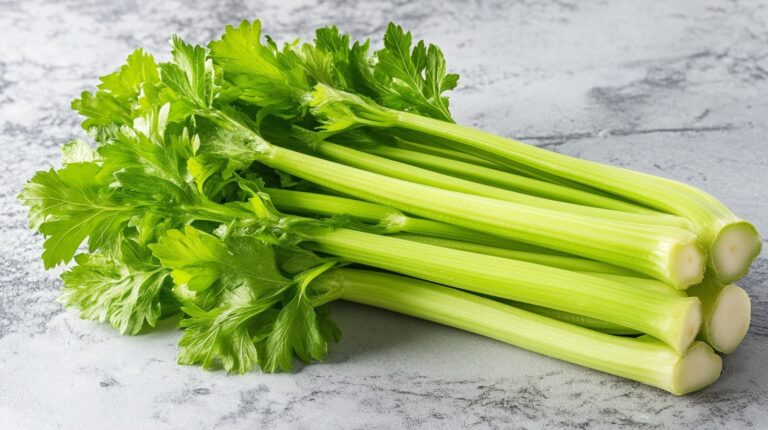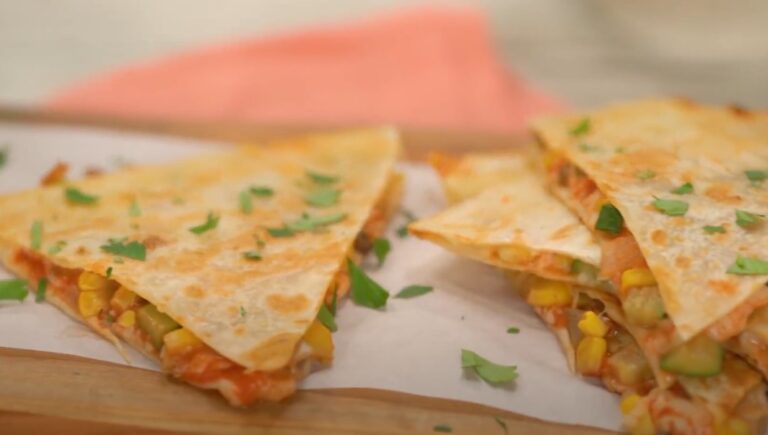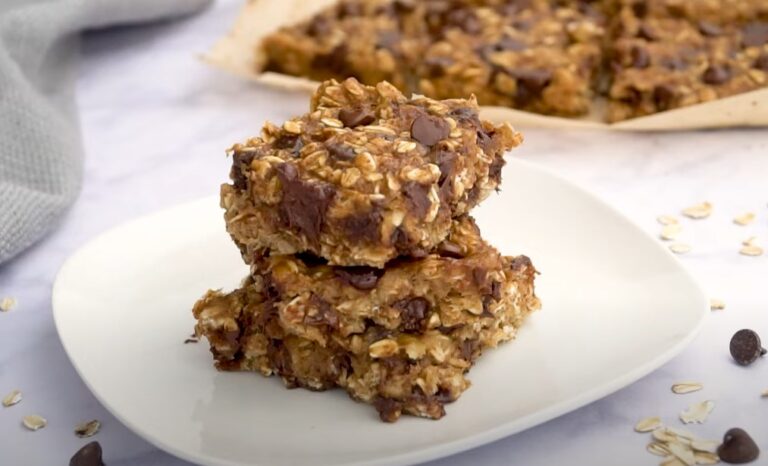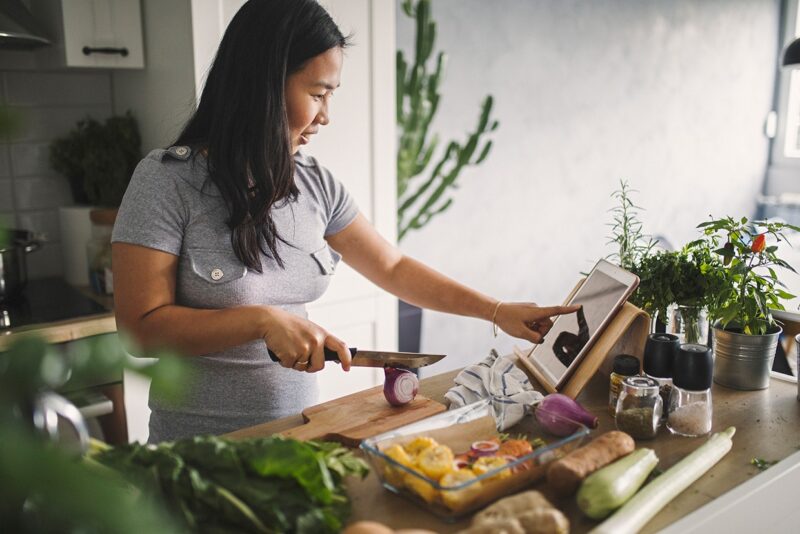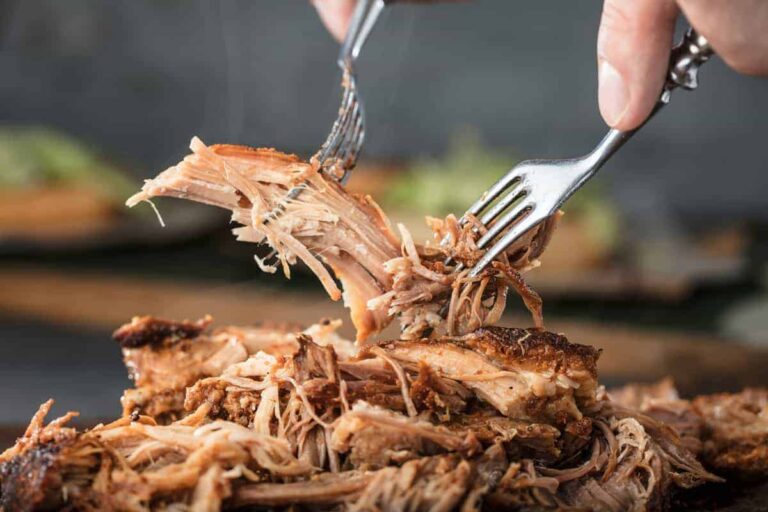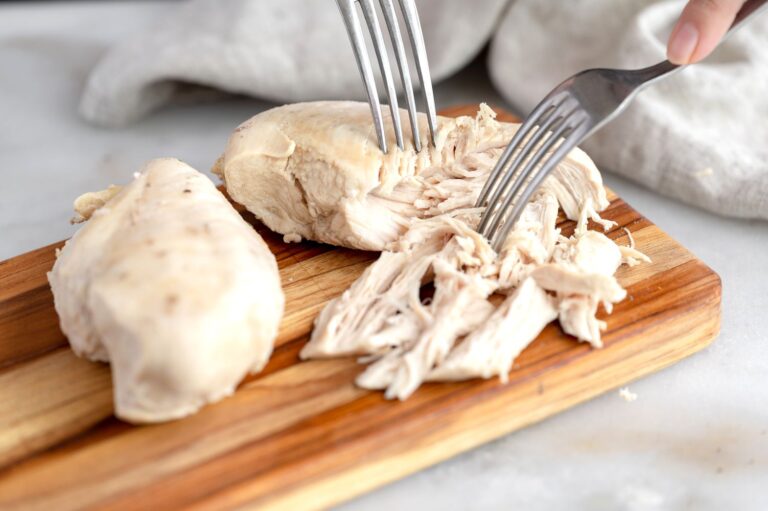Every home cook knows the feeling: you start out with a simple plan, but an hour later you’re still chopping, stirring, and juggling too many pans. The good news is that small, practical adjustments can make a huge difference.
Time-saving hacks in the kitchen aren’t about cutting corners, but about cooking smarter and reducing stress without sacrificing flavor.
This guide pulls together the best strategies to help you reclaim minutes, enjoy the process, and still serve food that feels thoughtful.
Why Time-Saving Hacks Matter for Everyday Cooking
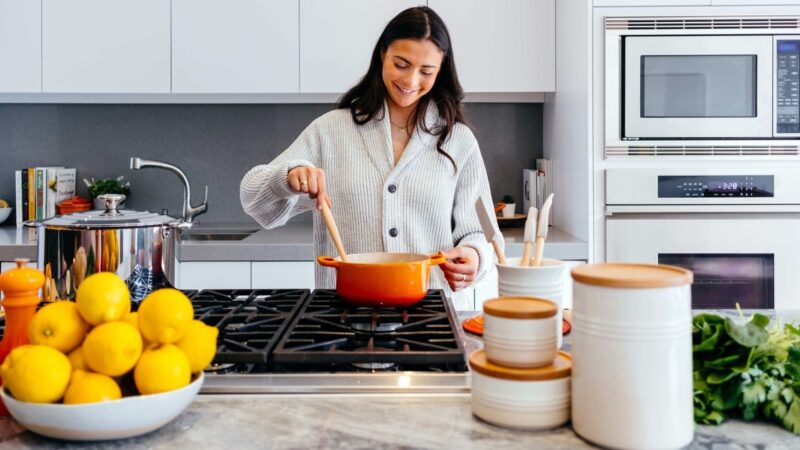
Cooking at home offers healthier meals and cost savings, but many people avoid it because they think it takes too long.
The reality is that inefficiency, not cooking itself, is what eats up most of the time. If you learn how to organize your prep, use multitasking tools, and keep certain shortcuts handy, the entire experience feels lighter.
Once you have a few systems in place, you’ll find that dinner on a weeknight doesn’t need to feel like a marathon.
Prep Smarter, Not Longer
One of the biggest time drains in cooking is preparation. Instead of approaching it as a separate chore, think of it as a chance to set yourself up for easy wins later.
- Batch chopping and storing: Cut onions, peppers, or carrots in bulk and keep them in airtight containers. They stay fresh for a few days and reduce the repetition of chopping every night.
- Frozen helpers: Keep minced garlic, ginger, or herbs in ice cube trays. Pop out what you need and skip the peeling or chopping altogether.
- Pre-measured zones: Create small jars or bags of flour, sugar, or spice blends you use frequently. This way you don’t measure from scratch every time.
Even small tools like custom sticky notes on pantry jars or containers can shave off seconds when you’re reaching for ingredients.
Labeling spices or prepped items clearly avoids confusion and helps keep the flow smooth while you’re cooking.
The Power of One-Pot and Sheet Pan Meals
You don’t need multiple pans for a satisfying meal. Learning to rely on one-pot or sheet-pan techniques drastically reduces clean-up and coordination time.
- Sheet pan dinners let you roast vegetables and proteins together. Toss everything with olive oil and seasoning, bake at 200°C, and you’re done in 30 minutes.
- One-pot pastas and soups cut down on steps, as the starch from pasta or grains thickens the broth, adding flavor naturally.
- Skillet meals like shakshuka or fried rice bring together simple ingredients with minimal fuss.
These methods not only save time but also build flavor as ingredients cook together, eliminating the need for multiple sauces or complicated sides.
Using Your Freezer as a Secret Weapon
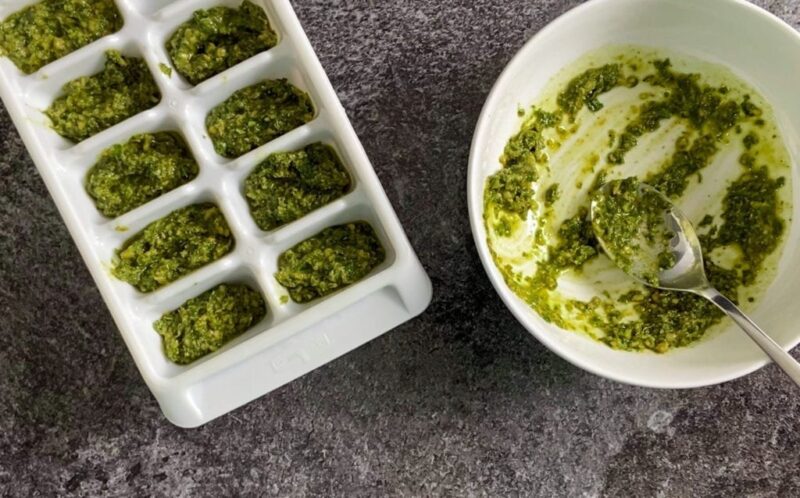
Most people underestimate how versatile a freezer can be beyond storing leftovers. It’s a game-changer when used strategically.
- Freeze sauces like pesto, curry base, or tomato puree in small portions. You’ll have instant flavor boosters at your fingertips.
- Store half-prepped meals, such as marinated chicken or pre-seasoned ground beef, so they’re ready to hit the pan without extra thought.
- Keep bread, tortillas, or wraps frozen and toast directly when needed.
When your freezer becomes an organized extension of your pantry, you’ll always have shortcuts ready without relying on takeout.
Tools That Do Double Duty
Having the right equipment doesn’t mean buying every gadget advertised on late-night TV. Instead, focus on tools that genuinely reduce effort.
- Immersion blender: Ideal for soups, smoothies, and sauces without transferring to a bulky blender.
- Microplane: Grates cheese, zest, garlic, or even nutmeg quickly and finely.
- Mandoline slicer: Cuts prep time for uniform vegetables, perfect for stir-fries or gratins.
Instead of cluttering your kitchen, invest in tools that streamline repetitive tasks and make them enjoyable.
Organizing for Speed
Efficiency doesn’t only come from cooking, it also comes from how you organize your space. A cluttered kitchen slows you down more than you think.
- Keep knives, cutting boards, and mixing bowls within arm’s reach.
- Store everyday spices near the stove, and bulk items in the pantry.
- Create “stations” for baking, coffee, or breakfast, so everything you need is already grouped together.
An organized setup means less searching, fewer spills, and smoother movement, which adds up to significant time saved.
Batch Cooking and Meal Planning
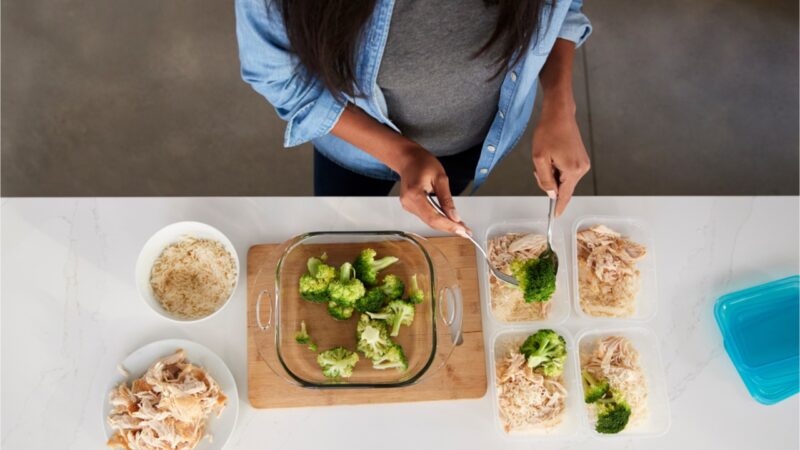
If you want to free up entire evenings during the week, batch cooking is one of the smartest hacks.
- Cook large portions of staples like rice, quinoa, or beans. These can be reimagined into different meals through the week.
- Roast a tray of vegetables once, and mix them into salads, wraps, or pasta later.
- Make a big pot of soup or chili on Sunday, and freeze half for an easy dinner two weeks from now.
Pair this with a simple meal plan, and you’ll avoid the daily question of “what’s for dinner?” that wastes both time and energy.
Small Hacks That Add Up Big
Sometimes, the little changes make the biggest impact:
- Boil water in a kettle before transferring to a pot—it cuts minutes off pasta or rice cooking time.
- Keep a “scrap bowl” on the counter while chopping to avoid running back and forth to the trash.
- Use parchment paper or silicone mats when roasting, so clean-up takes seconds.
- Rinse measuring cups right after use, before anything sticks.
These may feel minor in the moment, but combined, they save you hours across the month.
Bringing It All Together
Cooking doesn’t have to feel like a race against the clock. With a bit of planning, a few smart tools, and habits that prioritize efficiency, you can reclaim time while still enjoying the craft of making meals.
Whether it’s labeling prepped food with sticky notes, leaning on sheet-pan dinners, or batch cooking your staples, each hack contributes to a smoother routine.
At its heart, time-saving in the kitchen is about creating an environment where cooking feels approachable and enjoyable.
Once you cut out the friction, you’ll not only cook faster—you’ll also cook more often, and that means better meals, less stress, and more time to actually sit down and enjoy what you’ve made.




